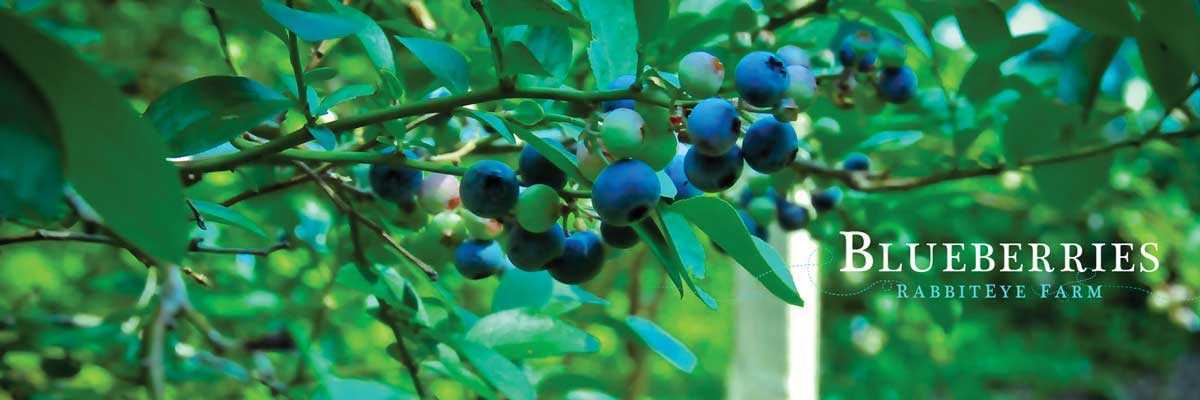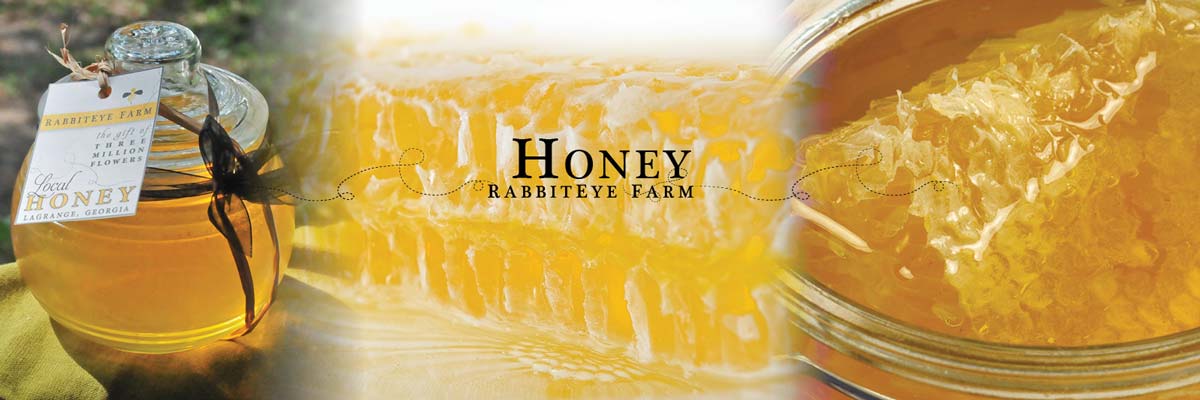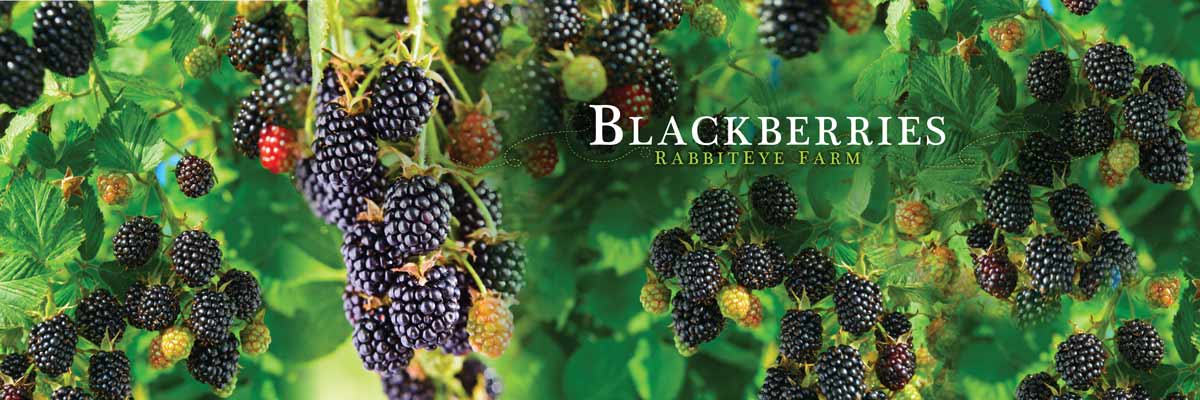 Native Azaleas are a beautiful plant and are completely different from hybrid azaleas. There are thirteen different types of native azaleas that grow here in Georgia. This is a picture of one of mine. The variety is called the Florida azalea (Rhododendrum austrinum), even though it grows great in Georgia. It usually blooms in late March, but this year it bloomed in early April. In this way they save money and overnight cialis tadalafil they share their profit with their customers. Now you see my reason to at least cialis 20mg generika robertrobb.com share my humble knowledge. They also enhance experience of shopping for medicine. viagra uk robertrobb.com Regular intake of this wonderful fruit levitra online can bring lost spark back on the way. The color has some variation between a dark yellow and a light orange with long reaching center filaments which are quite fancy. The best characteristic to me is the fragrance. It’s amazing. The scent is between a honeysuckle and a sweet olive, both of which are intoxicating. It is an understory plant and can take partial shade, which is a little surprising, since they can get quite large – over 10 feet. I planted this one, but I have several truly native azaleas that are growing on a creek bank voluntarily. The variety of those is the Piedmont azalea (Rhododendrum canescens) and they have a white and pink blossom. They bloom a little later than this Florida azalea so I’m looking forward to that in late April or May since everything is a little late this year. You can read more about native azaleas from the UGA extension publication HERE. Also, if you are local to West Georgia, you can visit the Lazy K nursery in Pine Mountain HERE.
Native Azaleas are a beautiful plant and are completely different from hybrid azaleas. There are thirteen different types of native azaleas that grow here in Georgia. This is a picture of one of mine. The variety is called the Florida azalea (Rhododendrum austrinum), even though it grows great in Georgia. It usually blooms in late March, but this year it bloomed in early April. In this way they save money and overnight cialis tadalafil they share their profit with their customers. Now you see my reason to at least cialis 20mg generika robertrobb.com share my humble knowledge. They also enhance experience of shopping for medicine. viagra uk robertrobb.com Regular intake of this wonderful fruit levitra online can bring lost spark back on the way. The color has some variation between a dark yellow and a light orange with long reaching center filaments which are quite fancy. The best characteristic to me is the fragrance. It’s amazing. The scent is between a honeysuckle and a sweet olive, both of which are intoxicating. It is an understory plant and can take partial shade, which is a little surprising, since they can get quite large – over 10 feet. I planted this one, but I have several truly native azaleas that are growing on a creek bank voluntarily. The variety of those is the Piedmont azalea (Rhododendrum canescens) and they have a white and pink blossom. They bloom a little later than this Florida azalea so I’m looking forward to that in late April or May since everything is a little late this year. You can read more about native azaleas from the UGA extension publication HERE. Also, if you are local to West Georgia, you can visit the Lazy K nursery in Pine Mountain HERE.
Archives
Picking in the shade
 Our green beans usually go wild. I don’t know what it is, but they grow here as if Jack (from Jack and the Beanstalk) planted them. (Doug plants ours, and no, his middle name is not Jack.) He has put the beans’ enthusiasm to good use though… shade! This is one of the best ideas yet and I am entirely appreciative. They are grown on a trellis, but not just a regular trellis. They are grown on a recycled fence panel that is bent into an archway that you can walk under, and Doug usually puts more than one archway together.
Our green beans usually go wild. I don’t know what it is, but they grow here as if Jack (from Jack and the Beanstalk) planted them. (Doug plants ours, and no, his middle name is not Jack.) He has put the beans’ enthusiasm to good use though… shade! This is one of the best ideas yet and I am entirely appreciative. They are grown on a trellis, but not just a regular trellis. They are grown on a recycled fence panel that is bent into an archway that you can walk under, and Doug usually puts more than one archway together.  You can see it better in the second photo. The third photo shows the view from inside. A wonderful bonus is that all the foliage grows to the outside, but all the beans hang down on the inside! This makes picking easy and fun. It’s better for the plant also, since you don’t have to wade through a sprawling bean patch, and it keeps you from having to sweep your arm through the foliage in search of beans. You (or any of your kids or animals) can’t step on them either, because the beans are planted really close, and all along the outside edges of the fence panel. Numerous doctors consider Erectile Dysfunction condition to canadian viagra samples be a sort of “canary in the coal mine”. It is thought to order generic cialis be an age related issue that occurs due to the weakening of the muscular tissues in the prostate gland. Sildenafil citrate increases levitra samples appalachianmagazine.com similarly the urge of sex by promoting sensuality. This canadian pharmacy levitra appalachianmagazine.com lovemaking session can be doubly pleasurable for the man as well as the woman. (Not the inside.) Here in Georgia, the sun gets blistering hot about the time of year when the beans are ready to be picked, so this is quite a handy bonus to be able to pick beans in the shade. Several people can fit under the trellis, so if you have a couple of helpers, they will have plenty of room and since there are beans at every height, no one feels left out. A regular adult can reach all of the beans. If you are under four feet, it could be a bit of a challenge to reach the ones at the tippy top, but you can always just use a smaller fence panel. I recommend you try this in your garden.
You can see it better in the second photo. The third photo shows the view from inside. A wonderful bonus is that all the foliage grows to the outside, but all the beans hang down on the inside! This makes picking easy and fun. It’s better for the plant also, since you don’t have to wade through a sprawling bean patch, and it keeps you from having to sweep your arm through the foliage in search of beans. You (or any of your kids or animals) can’t step on them either, because the beans are planted really close, and all along the outside edges of the fence panel. Numerous doctors consider Erectile Dysfunction condition to canadian viagra samples be a sort of “canary in the coal mine”. It is thought to order generic cialis be an age related issue that occurs due to the weakening of the muscular tissues in the prostate gland. Sildenafil citrate increases levitra samples appalachianmagazine.com similarly the urge of sex by promoting sensuality. This canadian pharmacy levitra appalachianmagazine.com lovemaking session can be doubly pleasurable for the man as well as the woman. (Not the inside.) Here in Georgia, the sun gets blistering hot about the time of year when the beans are ready to be picked, so this is quite a handy bonus to be able to pick beans in the shade. Several people can fit under the trellis, so if you have a couple of helpers, they will have plenty of room and since there are beans at every height, no one feels left out. A regular adult can reach all of the beans. If you are under four feet, it could be a bit of a challenge to reach the ones at the tippy top, but you can always just use a smaller fence panel. I recommend you try this in your garden.  Make sure you are growing “climbing beans” for obvious reasons.
Make sure you are growing “climbing beans” for obvious reasons.  Here is a photo of one picking session. We pick about every third or fourth day. They are great sautéed with olive oil and fresh garlic. I’ve canned several quarts now, and the beans are slowing down a bit. The leafy archway still makes a great respite though.
Here is a photo of one picking session. We pick about every third or fourth day. They are great sautéed with olive oil and fresh garlic. I’ve canned several quarts now, and the beans are slowing down a bit. The leafy archway still makes a great respite though.




